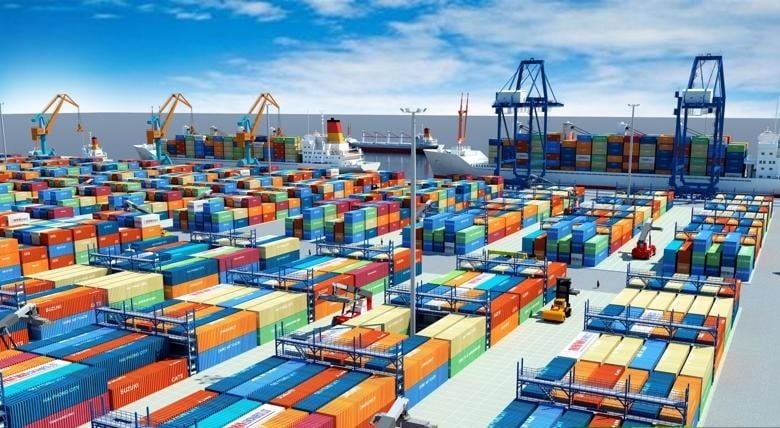 |
| The Import-Export Department ( Ministry of Industry and Trade ) has requested industry associations and logistics associations to strengthen monitoring and regularly update the situation to businesses in the industry. (Source: Industry and Trade Newspaper) |
Businesses worry about risks and uncertainties
Starting from January 2024, freight rates to the US, Canada and the EU will double compared to December 2023. The agriculture, forestry and fishery sector is the industry that will be most pressured by this price increase, as most of the products are exported to the US and EU markets.
The direct impact must be mentioned on seafood exporting enterprises when a series of shipping lines announced an increase in shipping rates to the US, EU and other countries. Specifically, starting from January 2024, rates to the US, Canada and EU increased sharply compared to December 2023. Accordingly, rates to the West Coast (LA) increased by 800 USD - 1,250 USD, depending on the route. In December 2023, this rate was at 1,850 USD, increasing to 2,873 - 2,950 USD for January 2024.
The East Coast saw a larger increase of $1,400 to $1,750 depending on the route, with December 2023 rates at $2,600 rising to $4,100 to $4,500 for January 2024.
Freight to the EU alone recorded a sharp increase compared to December 2023, with freight to Hamburg costing 1,200 - 1,300 USD in December 2023, increasing to 4,350 - 4,450 USD in January 2024, more than double that of the previous month.
A representative of a shrimp exporting company shared: “About 20% of the goods exported to the EU market under FOB contracts (price at the seller’s country’s border gate) this time have been temporarily suspended by partners due to high freight rates. They have not yet announced when they will receive the goods. The fact that the goods have not been exported has caused businesses to have capital stagnation, affecting operations.”
According to Nguyen Hoai Nam, Deputy Secretary General of the Vietnam Association of Seafood Exporters and Producers (VASEP), the reason is that 80% of goods going to the East Coast of the US, Canada and the EU go through the Suez Canal. Due to the Israel-Hamas tension, the Houthi rebel group (Yemen) attacked ships entering the Red Sea to pass through this canal.
In December, Maersk, MSC and CMA vessels were attacked. This forced the lines to detour around the Cape of Good Hope (South Africa), adding 7-10 days to the journey. This resulted in longer ship turnaround times and higher transportation costs. If tensions in the Red Sea continue or escalate, this could lead to increased transportation costs, affecting the competitiveness and profitability of businesses.
Need long-term logistics development planning
In the face of the above situation, the Import-Export Department (Ministry of Industry and Trade) has requested industry associations and logistics associations to strengthen monitoring and regularly update the situation to businesses in the industry. Thereby, helping businesses grasp information to proactively plan production and import-export of goods, avoiding congestion and other adverse impacts.
The Import-Export Department recommends that businesses closely monitor the situation, proactively develop appropriate plans, and discuss with partners so that, if necessary, they can extend the time for packing and receiving goods. At the same time, businesses are advised to seek and diversify their supply sources to limit the impact on the supply chain. Learn about rail transport methods to have different options for delivery methods.
Analyzing the limitations and shortcomings of Vietnam's logistics in general, many experts commented that in the past, Vietnam did not have a strategy or plan for logistics development with a long-term vision. Furthermore, there is still a lack of policies to support logistics development, especially in the agricultural sector to serve production and business areas; there is a lack of policies to develop agricultural product linkage centers, agricultural hubs that are only in the pilot phase or proposed for construction.
Currently, although logistics centers have begun to develop, they are still fragmented and unconnected. Most logistics service providers are small-scale, performing each stage individually, without chain linkage. In particular, the border trade logistics system has not developed to its full potential and practical needs; there is no bonded warehouse system for export.
(according to Urban Economic Newspaper)
Source



![[Photo] Prime Ministers of Vietnam and Thailand visit the Exhibition of traditional handicraft products](https://vphoto.vietnam.vn/thumb/1200x675/vietnam/resource/IMAGE/2025/5/15/6cfcd1c23b3e4a238b7fcf93c91a65dd)
![[Photo] National Assembly Chairman Tran Thanh Man meets with Thai Prime Minister Paetongtarn Shinawatra](https://vphoto.vietnam.vn/thumb/1200x675/vietnam/resource/IMAGE/2025/5/15/e71160b1572a457395f2816d84a18b45)







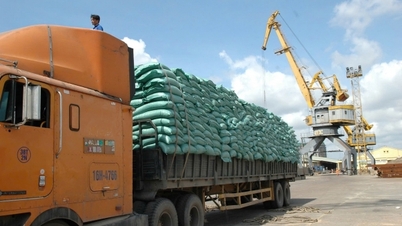

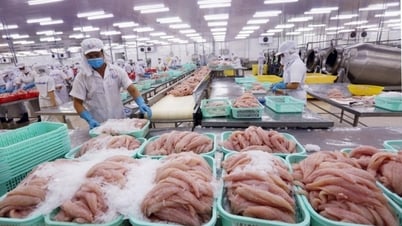






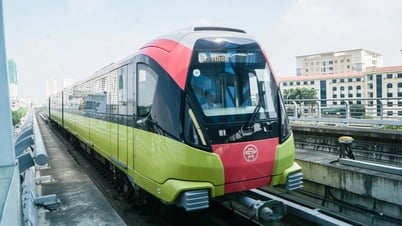

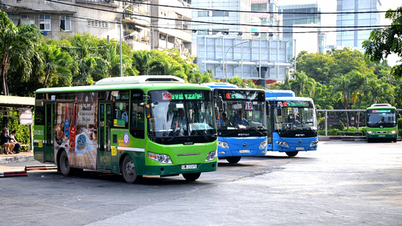

































































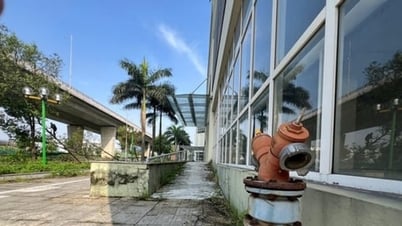












Comment (0)